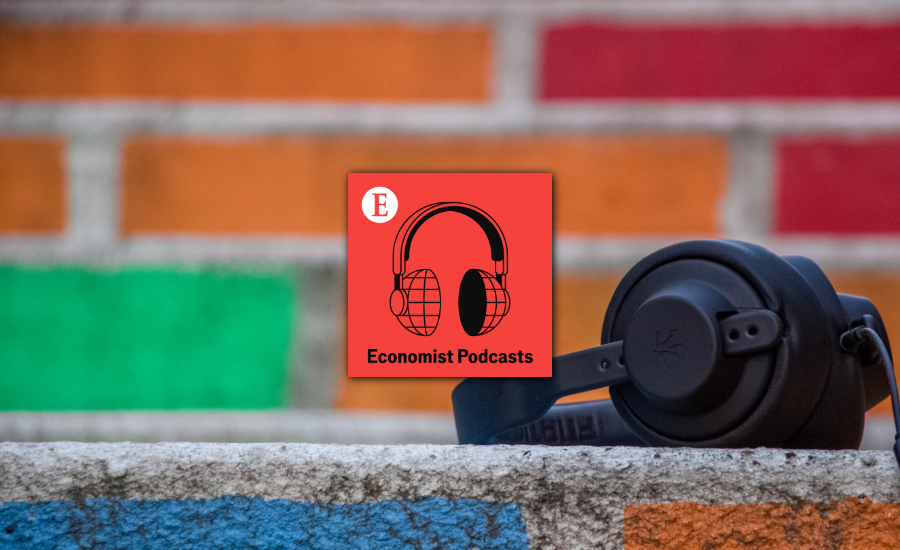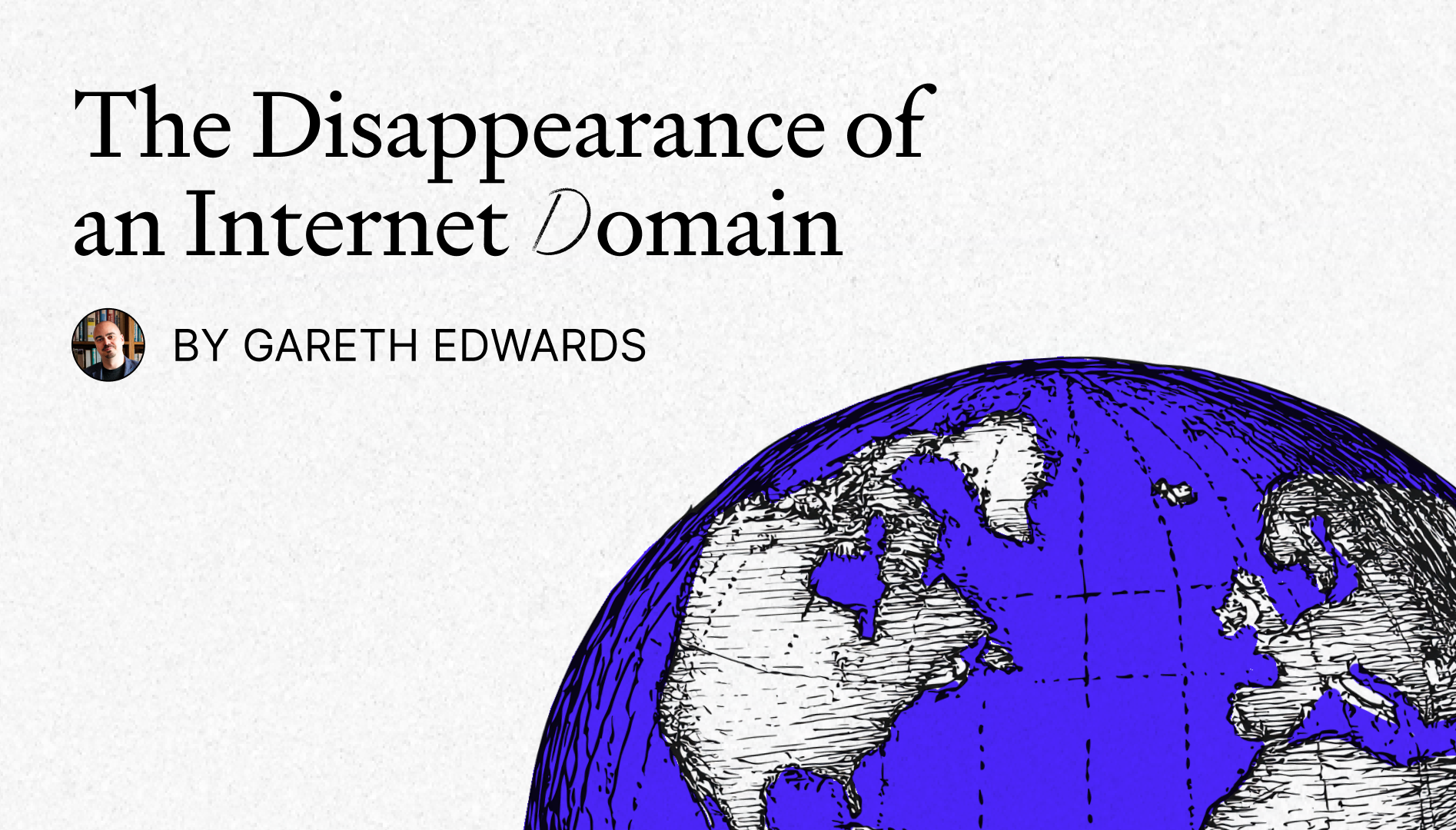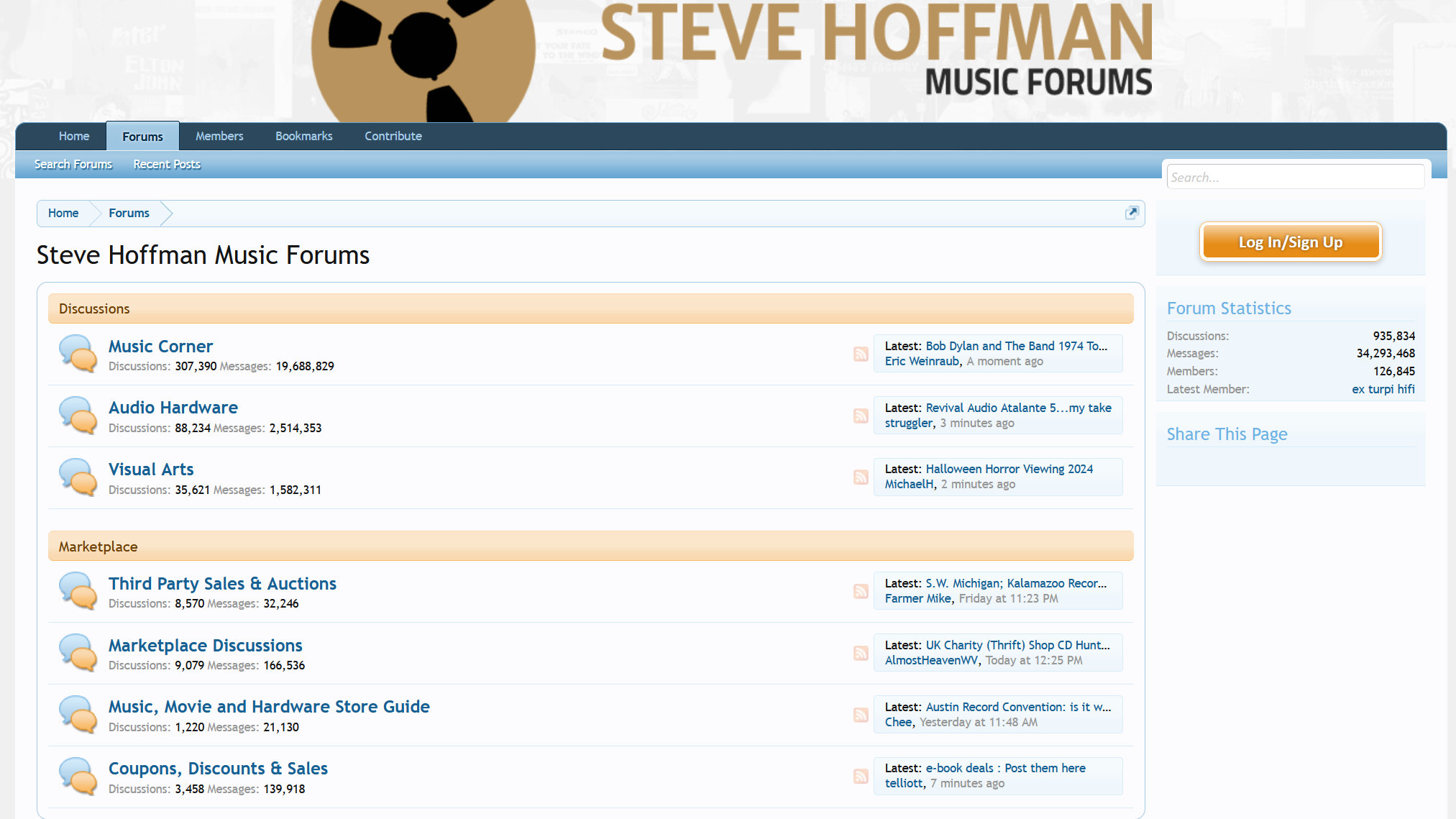How Threads got tangled
Meta's Twitter clone is struggling with engagement bait and over-zealous moderation. Meanwhile, has The Economist figured out how to attract Gen Z without TikTok?

Threads has some algorithmic growing pains
Anyone who has been using Meta's Threads will have noticed something very annoying: random engagement famers posting questions, and cluttering up people's For You feeds with all the replies. The company's Adam Mosseri is aware:
“We’ve seen an increase in engagement-bait on Threads and we’re working to get it under control,” Mosseri said on Threads in response to comments flagging the issue.
I suspect this will be harder than they think. Unlike Twitter, which was non-algorithmic through all its early growth, Threads has been wedded to algorithms from the start. But these sorts of microblogging platforms work best when time is the strongest sorting signal, not engagement. There's a conceptual mismatch at work:


Also, Mosseri might have bigger problems on his hands. Social media guru Matt Navarra (one of the very few who deserves that clichéd title) has had his account restricted by over-zealous moderation.
And he's far from alone:
Some users complain their accounts are being deleted or restricted for linking to articles with controversial topics. Instagram and Threads boss Adam Mosseri is directly replying to some complaints and saidhe’s “looking into it.” And I’m one of many people who’s had their account deleted for allegedly being a child — which I am not.

I bet tomorrow's Everything in Moderation newsletter will be worth reading…
Never mind the quality, feel the volume
There are, generally speaking, two broad strategies that work in online news: smaller volumes of high quality, highly targeted content, often monetised through reader revenue of various sorts, as well as ads.
Or you can go for high volume, low cost (and often low quality) news, and moneys it through ads.
I guess we know where Reach is heading:
The email, sent by a senior Reach editor, states: “We need to make more of shifts where people are not going out as drivers of volume. In practice, if you’re on a general shift and you’re not on a job, it should be at least eight stories a shift.”
Are there really enough traffic-generating local news stories for journalists to be turning round then in less than an hour? This feels almost like the way record labels or venture capitalists: we have to put enough bets on the table that enough will pay off in traffic, and make it all worthwhile. But we know that the majority will fail.
The future — particularly in light of the way AI reduces content production costs to essentially zero — feels much more like smaller volumes of high quality content, and closer relationships with readers, than whatever model Reach is pursuing here.

Reaching young people — without TikTok
Interesting piece from Marcella here, looking at The Economist's strategy for getting subscribers — paying ones at that — from amongst the notoriously news-adverse younger generation. And no, it's not TikTok. It's about making their selected stories app Espresso free, but also leaning into podcasts…

Talking of podcasts, I forgot to link to the Media Voices piece about their paid podcast strategy:

I first wrote about paid podcasting five years ago, and hoped someone would explore that model. The Economist now has!
Goodbye-o to dot.io?
Talk about an unexpected side-effect of the UK's decision to hand the Chagos Islands to Mauritius:
The decision to transfer the islands to their new owner will result in the loss of one of the tech and gaming industry’s preferred top-level domains: .io. Whether it’s Github.io, gaming site itch.io, or even Google I/O (which arguably kicked off the trend in 2008), .io has been a constant presence in the tech lexicon.
Even the backend of this site uses an .io address in part… The expectation is that soon no more .io domain will be registered, and there will be some form of staggered exit for existing users. Or, maybe not:
The IANA may fudge its own rules and allow .io to continue to exist. Money talks, and there is a lot of it tied up in .io domains.
Worth keeping an eye on, if you use a .io domain…

Quickies
- 🇮🇳 India shuts down the internet more than any other country.
- 🇺🇸 The US wants to break up Google. Let’s see what happens in the election before we worry too much about this, hmm?
- 🎶 Conflict is growing between TikTok and indie music labels.
And Finally…Forums Eternal
Forums are old tech, right? A relic of the 2000s era of the internet, which nobody uses any more?
Wrong.
And there could be some great sources or leads in them there specialist forums…













